New Schnabel paintings at Pace (Courtesy Pace Gallery)
ROBERT McCLAIN TAKES NOTES ON HIS ANNUAL JOURNEY THROUGH THE CRACKLING, EMOTIVE WORLD OF ART FAIRS, DEALERS, AND COLLECTORS.
Art Basel, the linchpin of modern and contemporary art fairs, kicks off the art world’s annual grand tour. Additional stops in Venice (in the odd years of the Venice Biennale) and London, for the Modern and Contemporary auctions, conclude the season for the highly charged world of collecting and dealing art before the summer convalescence.
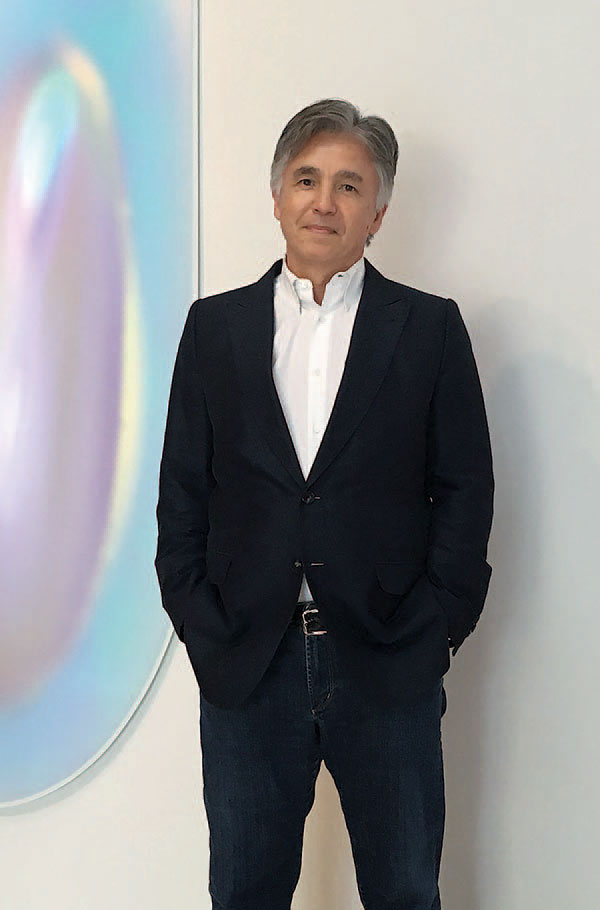
As a dealer, I’ve attended and taken clients to Basel for 20 years. This year, as so many have, begins in Paris. My wife, Cynthia, and I always stay in the Marais, the former Jewish ghetto, for its bohemian character. It’s also home to almost every top international contemporary art gallery and the intimate and stately Picasso Museum, which reopened last year after a five-year closure for renovations. It’s one of my favorite museums.
Catching the high-speed TGV train for the three-hour ride is my preferred way to get to Basel. It’s easy: no security check, the cars are comfortable, and I always meet interesting people who are also on the way to the fair. This year was no different. A bright, enterprising private dealer from London was in my car. Stanford educated, reared in Europe, and a former Christie’s auction house specialist, he had an easy charm and sophistication combined with an entrepreneurial nose.
He was an early buyer and supporter of Gutai, the Japanese counterpart to New York Abstract Expressionism and the Jackson Pollock of the group, Kazuo Shiraga. The Dallas Museum of Art mounted a significant Shiraga exhibition a year ago.
Howard Rachofsky, Dallas’ most visible and shrewdest collector, bought the work long before prices exploded into the mid-seven figures. Sitting across from me was an editor of Billionaire magazine. No other art fair attracts the wealthy on such an international scale, from New York hedge-fund billionaires to Russian oligarchs, European industrialists, private museum founders, and the new frontier of mega-collectors: the super-rich Chinese. And where important art and major collectors gather, museum directors and curators follow.
The internationally respected director of Museum of Fine Arts, Houston, Gary Tinterow, and MFAH curator Alison de Lima Greene were grabbing a quick meal at the table next to me in the art fair’s upstairs VIP lounge. I passed Glenn Lowry, director of MoMA, on the way in. David Breslin, director of the Menil Drawing Institute, was also there.
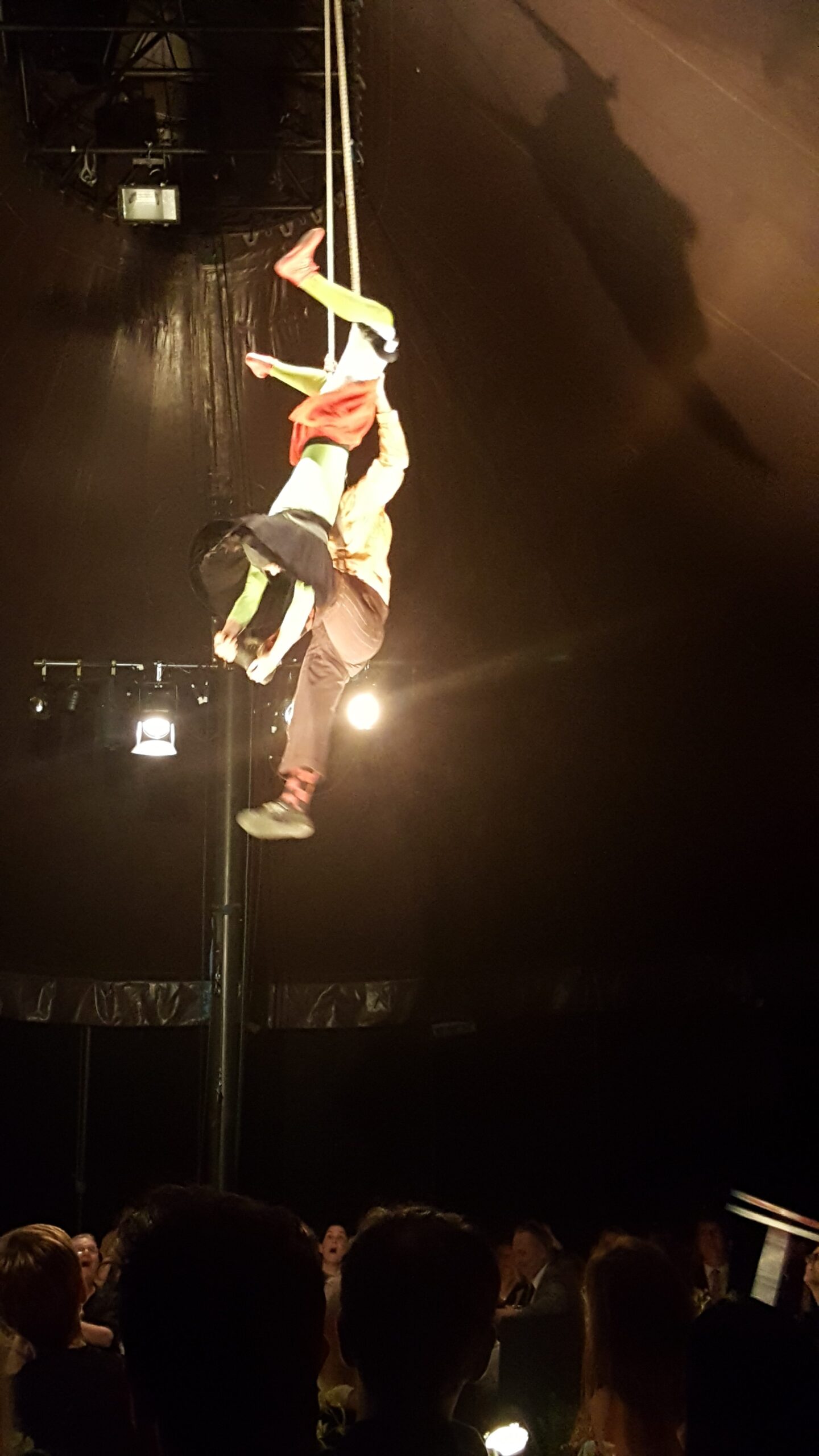
Though the art fair officially opened on Thursday, June 16, Tuesday and Wednesday are when the world’s top collectors are invited to First Choice, an opportunity to have first dibs on the coveted works that dealers have been saving to highlight. Dealers not only wish to sell, but they are also branding themselves. The competition is heated, not only for the best display of the most desirable art, but for whom will organize the best dinner parties. Without a doubt, Swiss-born dealer Dominique Lévy, (NY and London), created the entertainment spectacle of the fair. Held at the Station Circus — an actual working circus — Lévy staged an elegant seated dinner for 150 guests under a tent, with center ring, the Baccalà Clowns, and Vertical Tango, a dance performance by former members of Cirque du Soleil.
During cocktails, I spotted the worldwide heads of the two major auctions houses. The world’s largest collector of Joseph Cornell boxes confided to me his latest interest. A couple shared their plan to donate their collection to a major Swiss museum, which will create an entirely separate wing for its display. Seated across from me was the most important gallerist in Korea.
Monday marked the VIP preview of “Unlimited,” a curated series of installations by single artists. Most have enormous scale, such as the 50-foot-long painting by James Rosenquist or Peter Halley’s installation of four large paintings hung on a wall the length of a tennis court and covered in a Halley-designed wallpaper. I ran into de Lima Greene, who was chatting with Argentine artist Pablo Bronstein, in the midst of his installation of mock-Victorian architectural drawings. Bronstein’s work was featured at the MFAH last year. No Art Basel event is complete without the Austro-German couple and performance artists Eva and Adele. They’re always in matching outfits and shaved heads; one is vaguely aware that Eva is female, and Adele, who sports at least a size-13 shoe, might be male, though they never discuss gender.
The Messe Basel Convention Center is where the 280 international dealers set up exhibition booths. Seasoned collectors have their favorite dealers, which they will see first. Often preview images and prices of artworks will have been sent to the best clients well before they arrive. Pace is a favorite. It represents the estates of Rothko, de Kooning, and Rauschenberg. Last year at Basel, half of its booth was devoted to Rauschenberg — within hours, all the works had sold.
This year, Pace featured Houston’s best-known homegrown artist, Julian Schnabel, who epitomized the arrival of the art star in the 1980s. Brash and bold, Schnabel reintroduced the art world to the human figure and a vigorous, emotionally rich style of art making. In what appears to be a nod to Rothko Chapel, with its angled walls and centered panel installation, Schnabel presented five large atmospheric purple paintings installed in the round. Beautiful and somber, it was a marked contrast to the almost bombastic works from earlier in his career. They were priced at $375,000 each — by today’s standards, a modest price for a major artist. (I mounted two major shows for Schnabel at my own gallery in 2006 and 2007.)
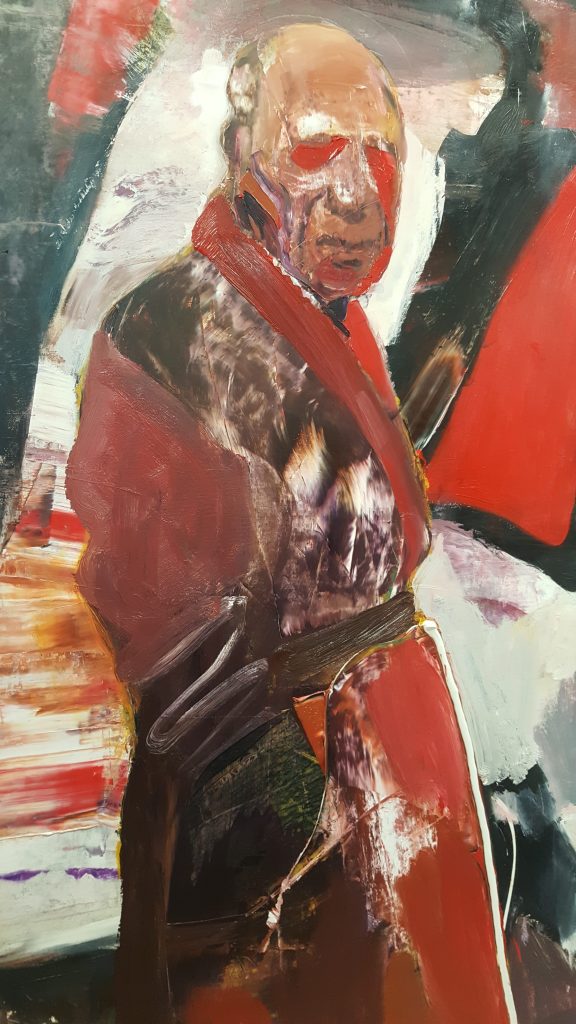
Pace also represents the most recent art-market darling: 38-year-old Romanian painter Adrian Ghenie. Ghenie is a supremely gifted painter. Gestural, bold, and expressive, his tortured figurative works have earned him comparisons to Francis Bacon. His subject matter can be difficult, with early portraits featuring Joseph Mengele and Eva Braun. Recently, Ghenie has tackled portraits of art giants such as Van Gogh and, in a new painting showing at Pace, Picasso. When I first saw a Ghenie painting, in 2012 at Pace at Art Basel Miami, a midsize painting was $120,000. This portrait of Picasso sold for $800,000. Ghenie makes very little work, and the demand is rabid. In a February auction at Sotheby’s London, a Ghenie painting sold for more than $4.5 million.
One of my interests is the re-emergence of the artists of 1980s. Twenty-five years provide ample perspective to evaluate which artists have staying power. Some, like Jeff Koons (who had multiple works on view at five different dealers), have remained market giants for the past two decades. Others who were overlooked 10 years ago are undergoing a major reevaluation. Another ’80s artist, Christopher Wool, stenciled words onto aluminum panels, challenging the notion of what a painting is. His best-known painting, Apocalypse Now, is on exhibit at the Beyeler Foundation; it rocked the art world when it sold in 2013 at Christie’s for an unfathomable $26 million. The text “SELL THE HOUSE SELL THE ART SELL THE KIDS” is taken from a letter written by Marlon Brando’s character in the Francis Ford Coppola classic. The painting was purchased in 1988 for $7,500.
The most recent ’80s revival is for the work of a German artist who died at the end of 2013, Günther Förg. I exhibited Förg’s iconic lead paintings in 1992, when he was among the most collectable artists of his generation. Not long after, his drinking short-circuited his career. Time heals, and fresh eyes reexamined the work a few years ago. Now, it’s a land rush. I counted no fewer than 10 significant works by Förg at Art Basel, with prices ranging from $200,000 to almost a million. Ten years ago, these works were $10,000 to $20,000.
The two museums that are a must-do are the Beyeler Foundation and the Kunstmuseum Basel. The Beyeler building will remind you of The Menil Collection, and for good reason: Renzo Piano designed both. The museum is a long, low-slung structure, with daylight filtering in from above. However, the humble materials of cypress and painted steel at the Menil are replaced by luxurious stone and polished stainless steel at Beyeler. The collections share a similarly diverse collecting sensibility, featuring tribal, early-20th-century masters, and contemporary work. A striking Calder survey — combined with works by the Swiss duo Fischli/ Weiss — was on view. And nothing is more beautiful than sitting on the long bench opposite Monet’s monumental late Water Lilies painting. It stretches 30 feet. The end of the painting leads your eye to a glass wall and a view of a pond filled with actual water lilies — a wonderful, magical moment. The Kunstmuseum is the historic encyclopedic museum of Basel. Josef Helfenstein, former director of The Menil Collection, is now its director and arrived this year to inaugurate a new gallery wing. Designed by Swiss architects Christ & Gantenbein, it’s a 30,000-square-foot stone structure designed to show contemporary art with voluminous open spaces. The current exhibition, “Sculpture on the Move 1946-2016,” was universally well regarded.
Art Basel can be a collegial club where collectors, dealers, and art professionals mingle, network, and make plans for exhibitions, joint venture purchases, and sales. I was delighted to run into Ivor Braka, the London-based private dealer whom the media dubbed the rock ’n’ roll art dealer, with his long hair and razor-thin Keith Richards body. Some consider Braka a driving force behind the exponential rise in prices for artists of the London school — Lucian Freud, Frank Auerbach, and Francis Bacon in particular.
Considering the recent record price for a Bacon was $142 million, Braka’s prescient purchases of Bacon paintings 25 years ago for low seven figures proved he is one of the shrewdest prognosticators of where the art market is headed. Lately, he has been buying Old Masters and 17th-century Spanish paintings in particular, an area that more contemporary collectors are beginning to examine.
Despite the breathtaking prices, you can enjoy Basel and collect without having a six- or seven-figure budget. Each year, Foundation Beyeler publishes several limited-edition projects by artists to coincide with their exhibition at the museum. For the Gerhard Richter show in 2013, Beyeler offered three offset prints by Richter. Essentially photo reproductions of his paintings, the prints were limited to 500 copies. A painting by the artist of a similar image and size would be $3 million to $5 million. These prints were $3,000. They sold out quickly, and within a year, these same prints appeared at auction, with some selling for as much as $60,000.
Lea Weingarten, one of Houston’s best-informed art advisors with a keen eye on international trends, spent five days in Basel, devoting much of her time to the numerous satellite fairs that typically accompany major art fairs. Her top two recommendations are VOLTA and LISTE, both devoted to less established artists. VOLTA occupies a large hall near the central train station. German artist Christoph Ruckhäberle was a favorite of Lea’s. The largest work on paper was priced at 29,000 euros.
LISTE occupies each year the former Warteck Brewery building, which makes for a maze-like series of odd and playful spaces. “The discovery of new artist treasures is a true exercise in looking in every nook and cranny,” Weingarten says.
Art represents many things. It is an object that comments on the culture of its time. It is an aesthetic object, one that can mystify, inspire, provoke, or merely give pleasure. It is a historic artifact. It is an object that is the sum experiences and thoughts and provocation of the person who made it. And these days, it is very much a financial instrument. The system of art fairs, auctions, and mega galleries has glorified art and collecting to a status that is perhaps only rivaled in its sense of pomp to the devotional collections of the Catholic church in the 16th and 17th centuries. Though we can — and should — question the motivation, we can take satisfaction that the best of art will be enjoyed by viewers far into the future.
Put the market preoccupation at Art Basel aside. Pass through the wonderwall, and you’ll find an oasis of creativity.




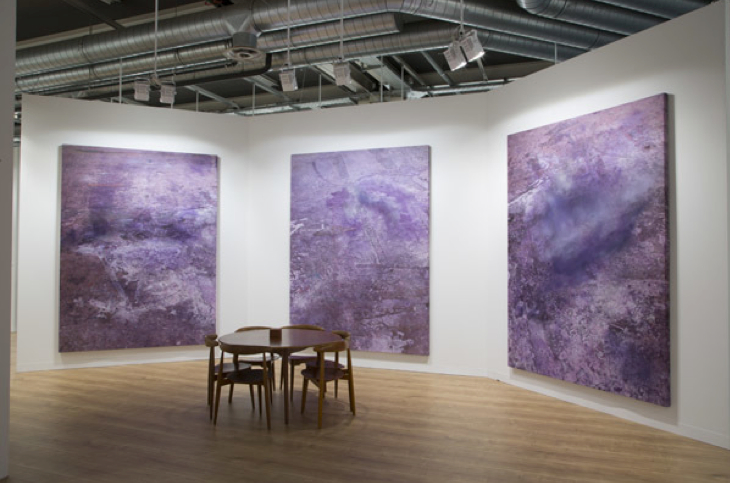
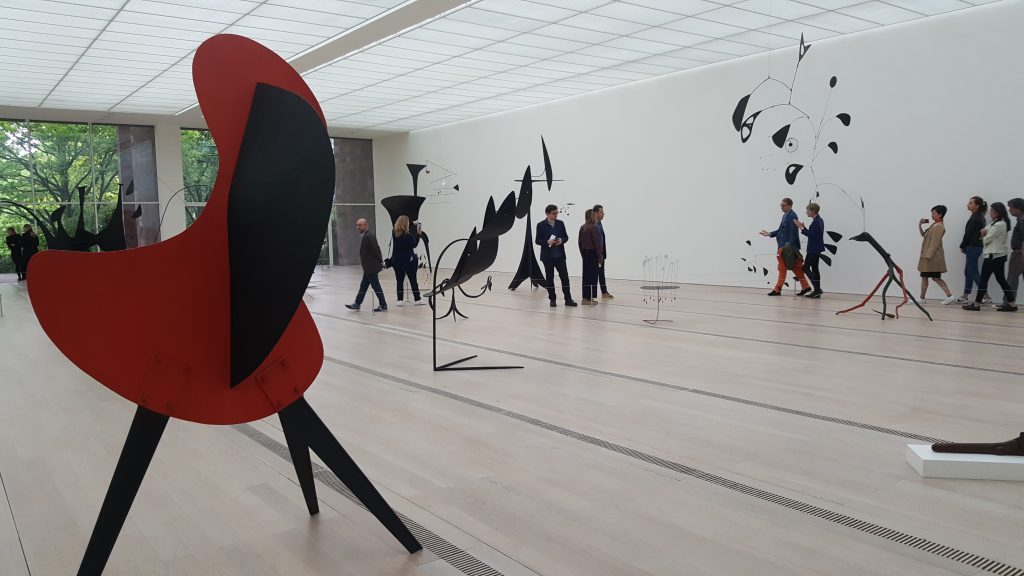
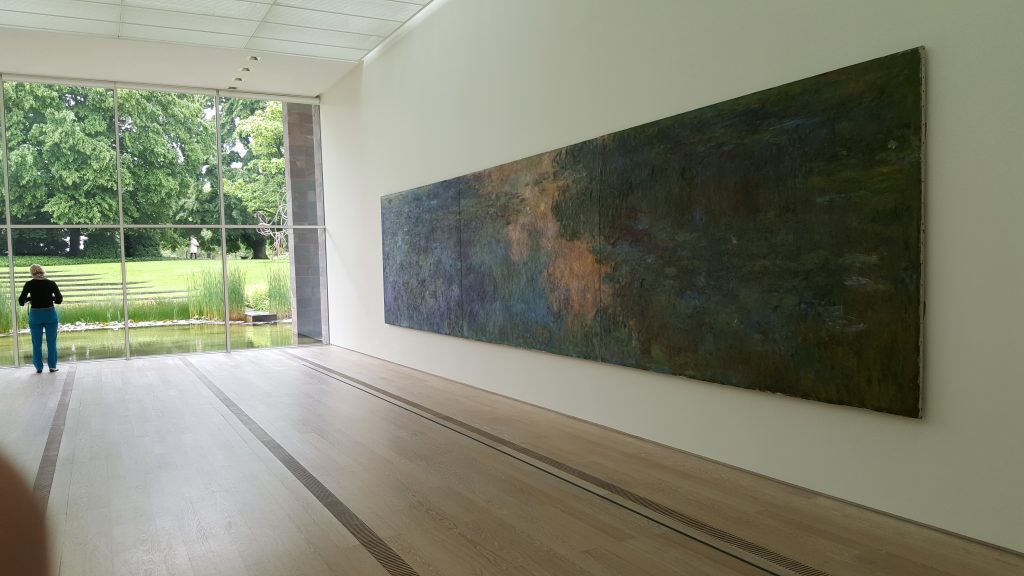
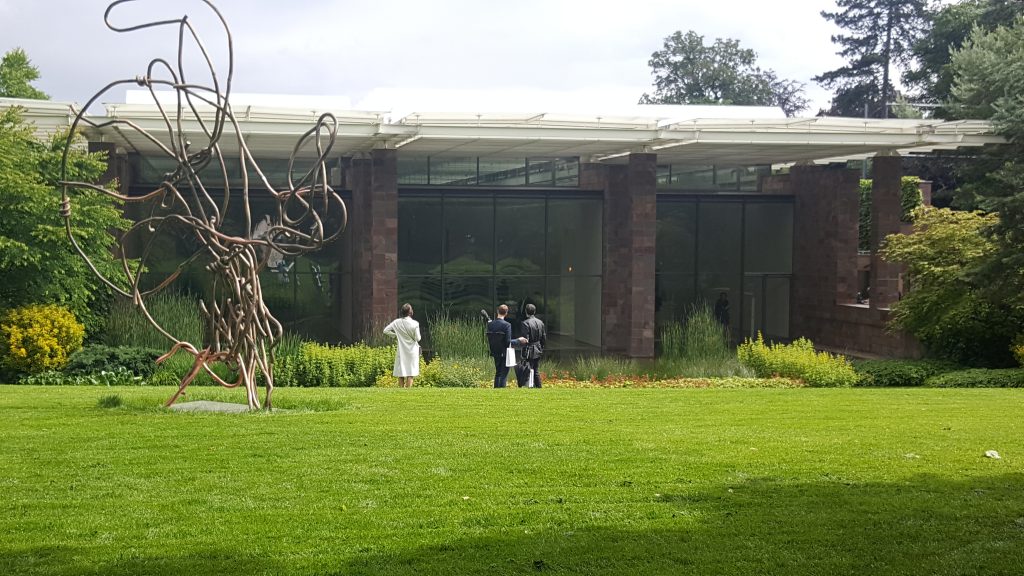
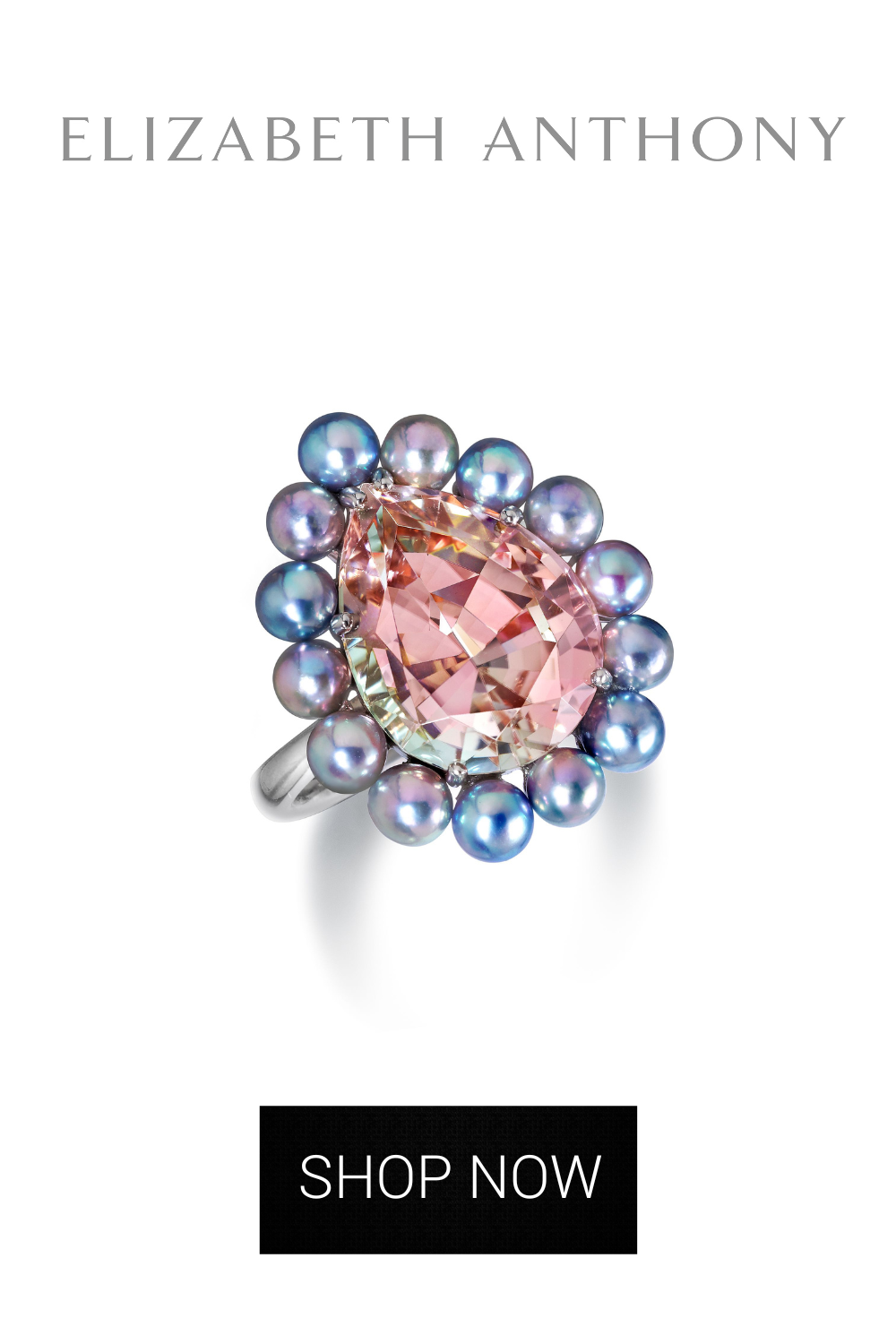





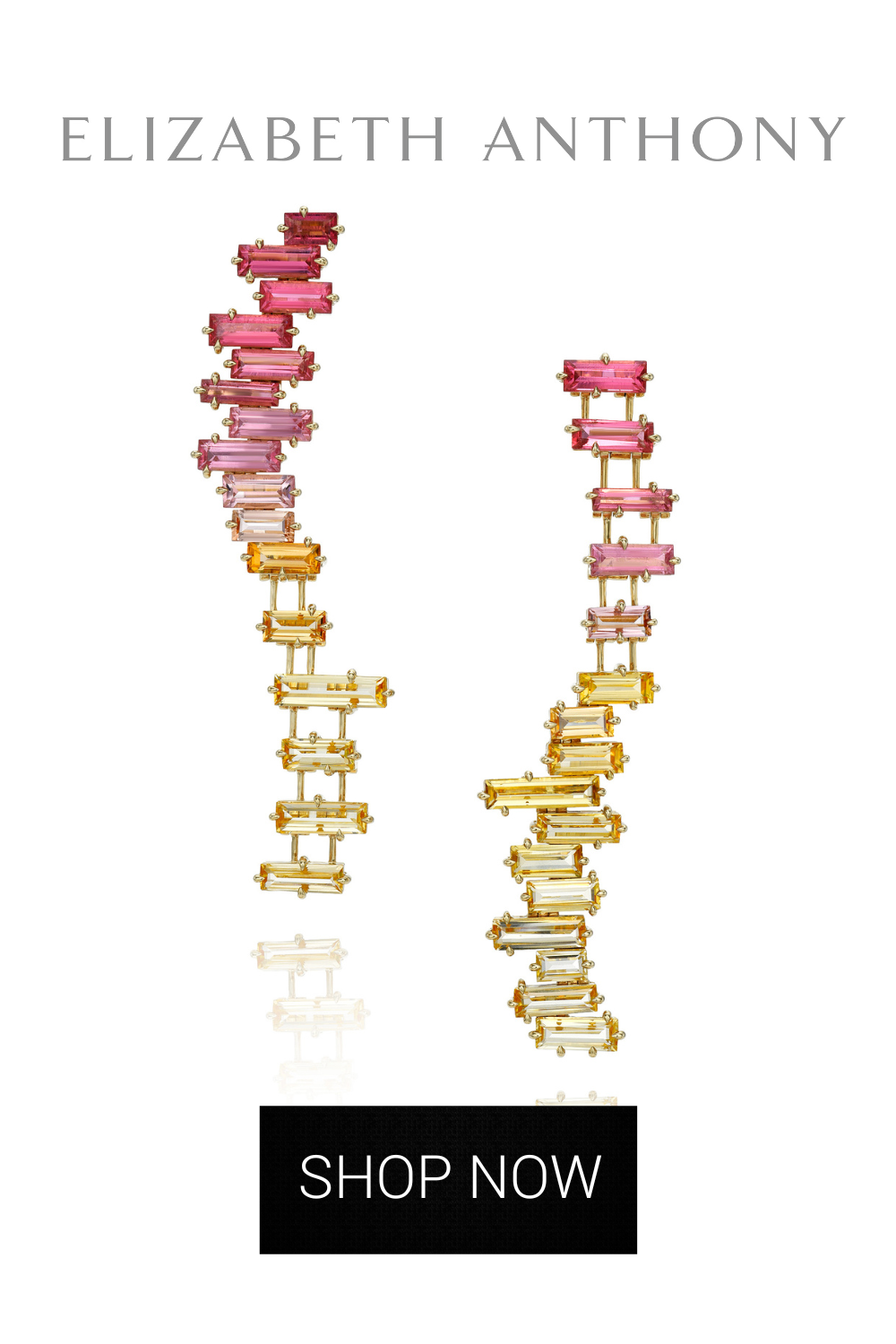






































_md.jpg)










_md.jpg)

